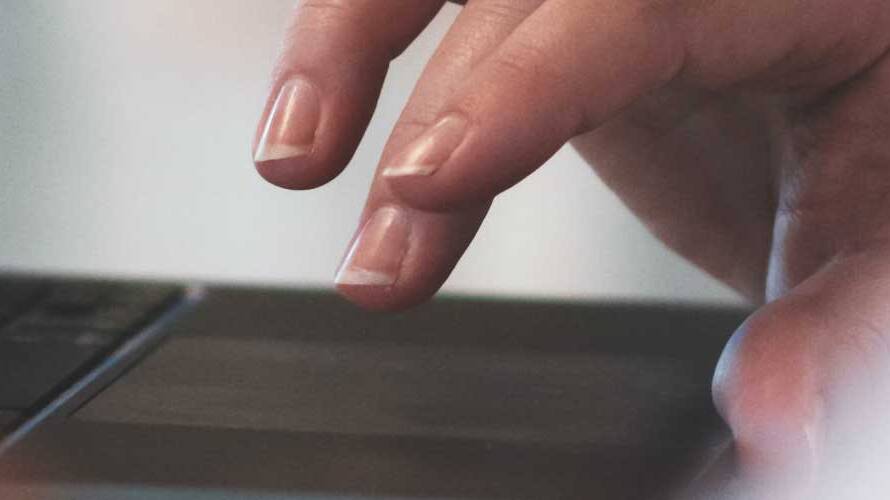In a nutshell, the goal of performing a topology optimization is to reduce material costs while optimizing geometry “within a defined domain [and] by fulfilling given constraints previously established” (Rosinha, Inês P.). Often these results can be difficult to manufacture and attempting to fix these models with parametric modeling is a long and difficult process. However, a solution exists that maintains the optimized geometry, and allows the designer to refine the model efficiently.
The first results of a topology optimization
The first results of a topology optimization process often require tweaks and fixes to be manufactured efficiently with less machining time and less scrap material. Surface abnormalities, such as vertices, joints, and tangency problems, aside, often the changes designers will need to make revolve around considerations about manufacturing processes.
For example, this object (refer to images at the end of the text) can not be easily machined, nor can an effective mold be made for such a shape. At least, not one that is simple to make at any rate. Additive manufacturing could be viable in this circumstance but is not always an option for everyone.
With some simple modifications, and using the tools at our disposal, we can fix the geometry to produce a model which can be cast more effectively.
The Functional Generative Design app, a product of the 3DExperience, allows designers to work with designs that are difficult to model parametrically. We can tweak thickness, fill in missing or broken geometry, and otherwise generate complex shapes quickly. Quickly being the keyword here.
The previously mentioned operations could be done using parametric design applications, but the same processes would take a much longer time and would not produce as close of an intended result.
Bear in mind that the intended result is to have the model resemble the topological optimization as close as possible while also maintaining manufacturability.
An interesting facet of the Functional Generative Design app is that modeling is wholly surface-based, which means that a designer can generate geometry inspired by an existing model regardless of software origin. This allows the designer to create a surface whose dimensions are calculated based on existing geometry, then also allows the designer to create and adjust divisions in the surface as needed. These divisions are user-created and defined allowing designers to create a model that can be meshed for simulation quickly and effectively.
Once the topology optimization is completed
Once a topological optimization is completed, the designer will begin by creating a surface tube. This process is simple: draw a line directly on the model where you as a designer intend for there to be a division in your surfaces, then allow the application to calculate the tube that fits most closely based on the lines drawn.
From there, using the tools included in the app, delete unnecessary divisions, fine-tune the remainder, add new surfaces, and repeat. Very simple as far as workflow is concerned.
Fine-tuning the divisions requires pulling points and lines to manipulate divisions to create a simple, smooth skin that resembles the initial model very closely. Once the surface has been created, it will then be used to split a solid block.
This is a little less simple only because a little bit more preparation is required. In order to generate a clean, well-constructed solid, there must be some forethought into the concept of design space. This means that the designer needs to intentionally set up their block to be split in such a way that complements the design intent as well as the surface they generated.
I recommend preparing the design space first and then creating the actual surface.
Topology optimization result. Notice scarred and cratered surfaces (interior) and jagged edges.
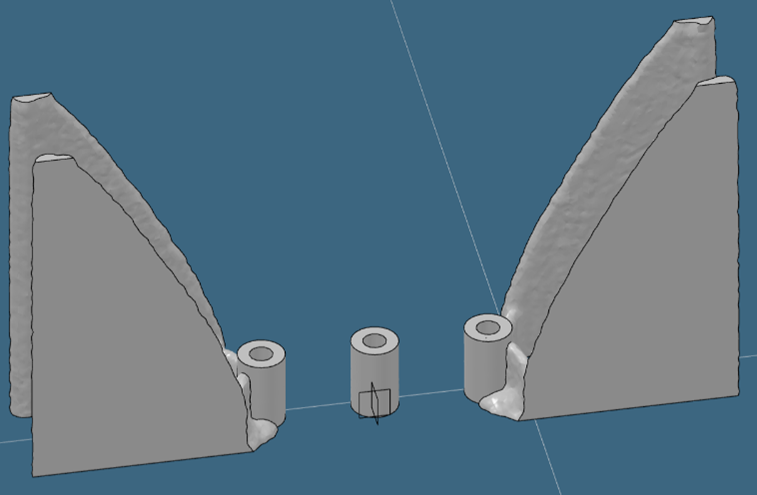
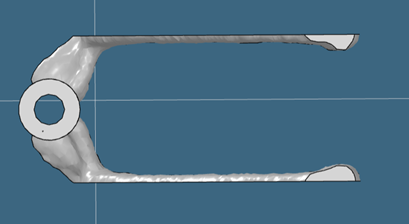
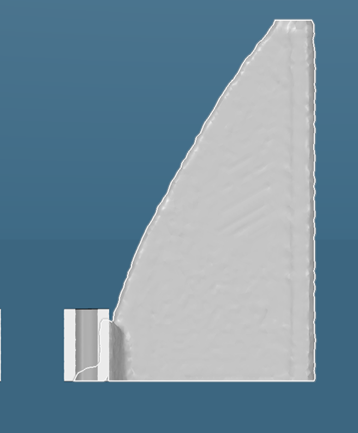
And now, the same object reconstructed. Notice smooth, well-defined surfaces and edges, and well-defined surface partitions
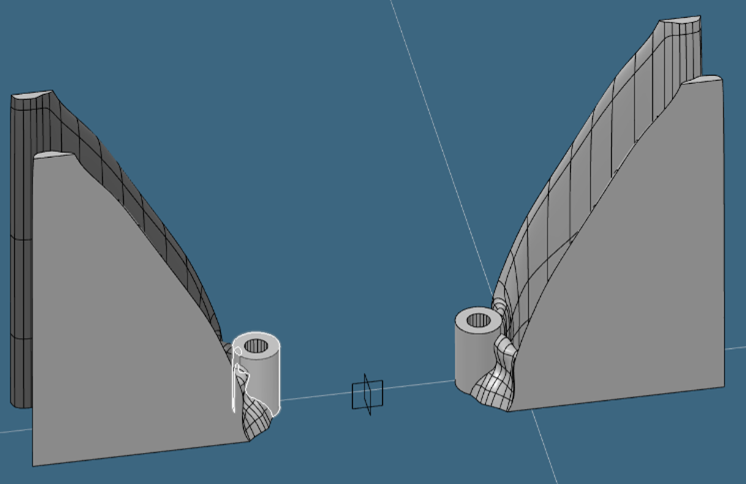

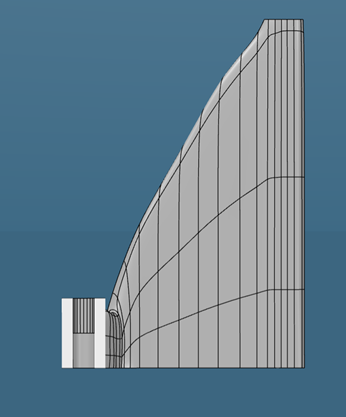
If you need help using the app or would like to acquire it, contact our team today.
References
Rosinha, Inês P. “Topology Optimizaton.” ScienceDIrect, © 2022 Elsevier B.V., 2015.
